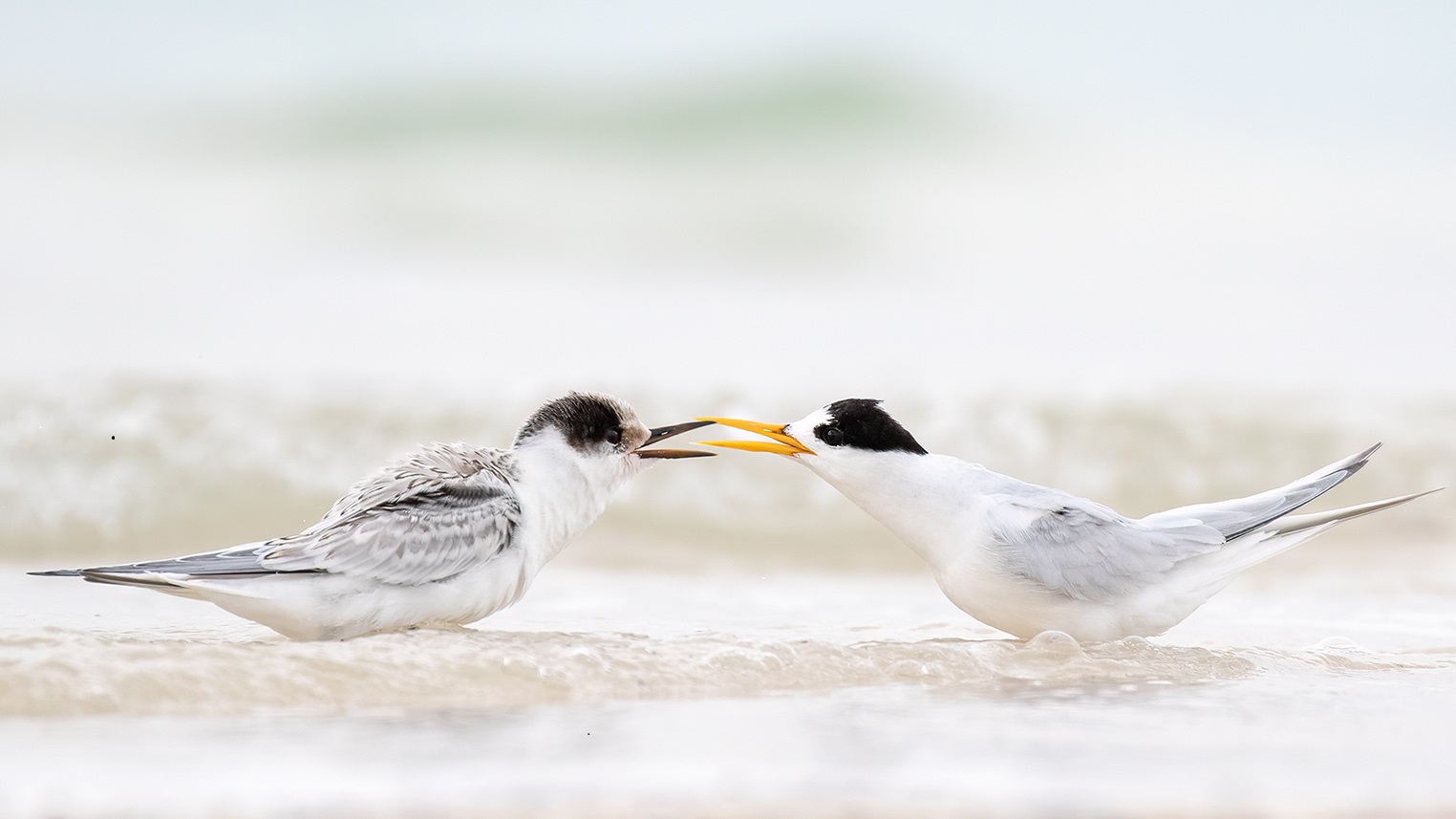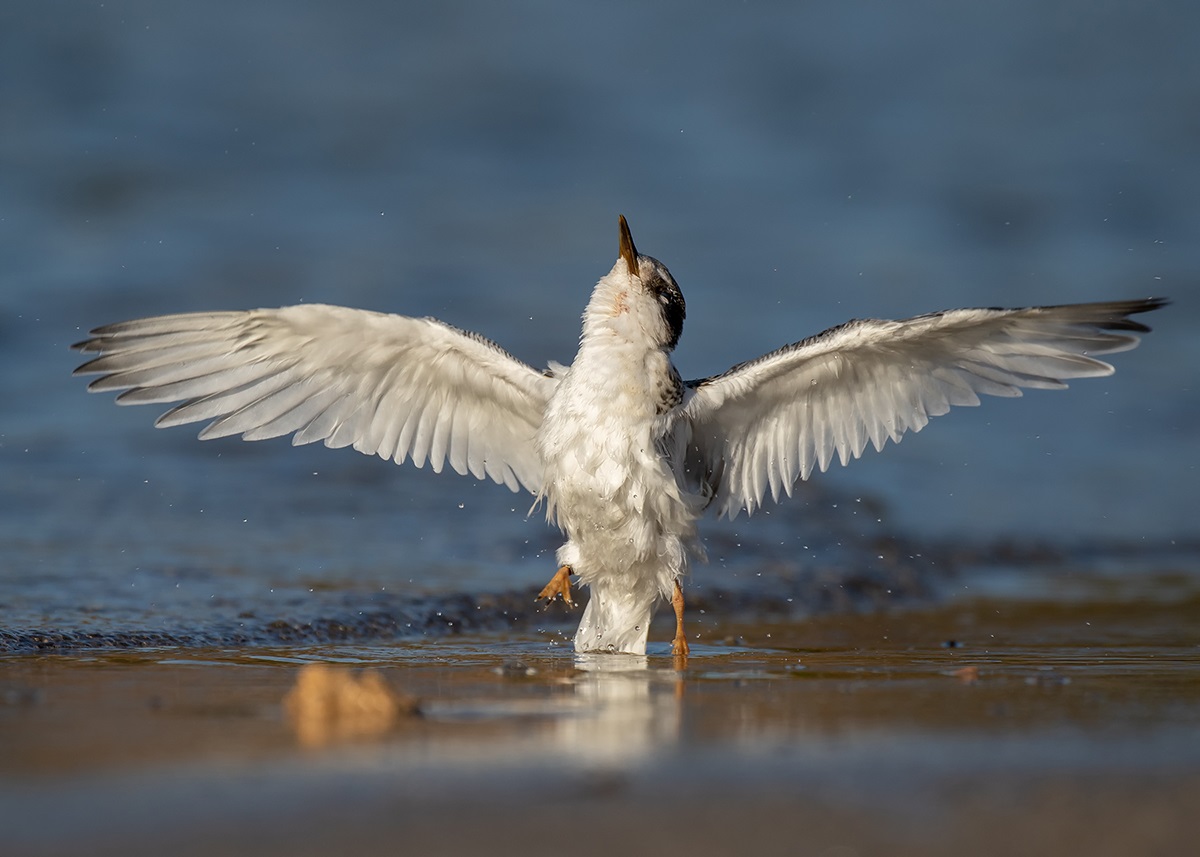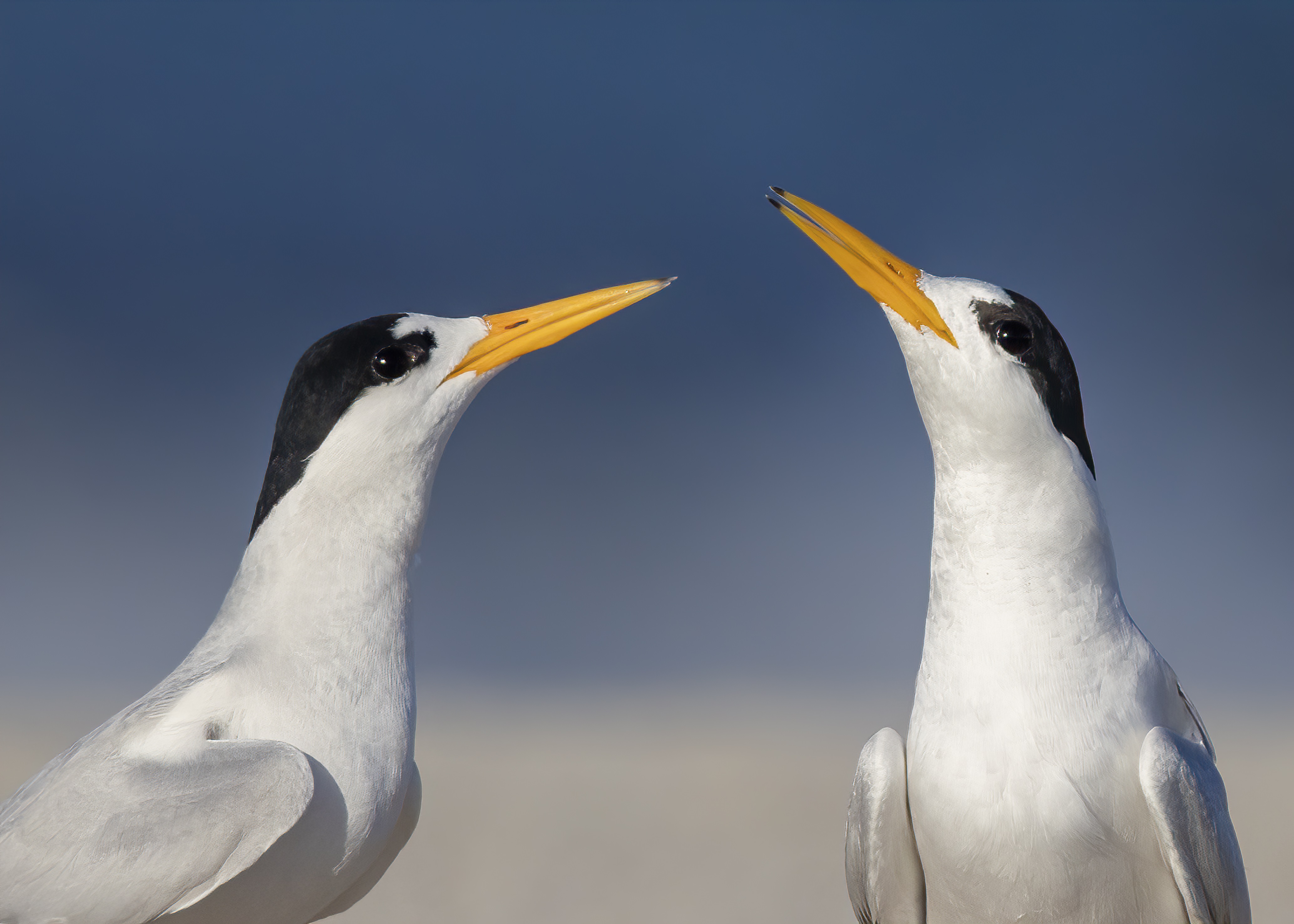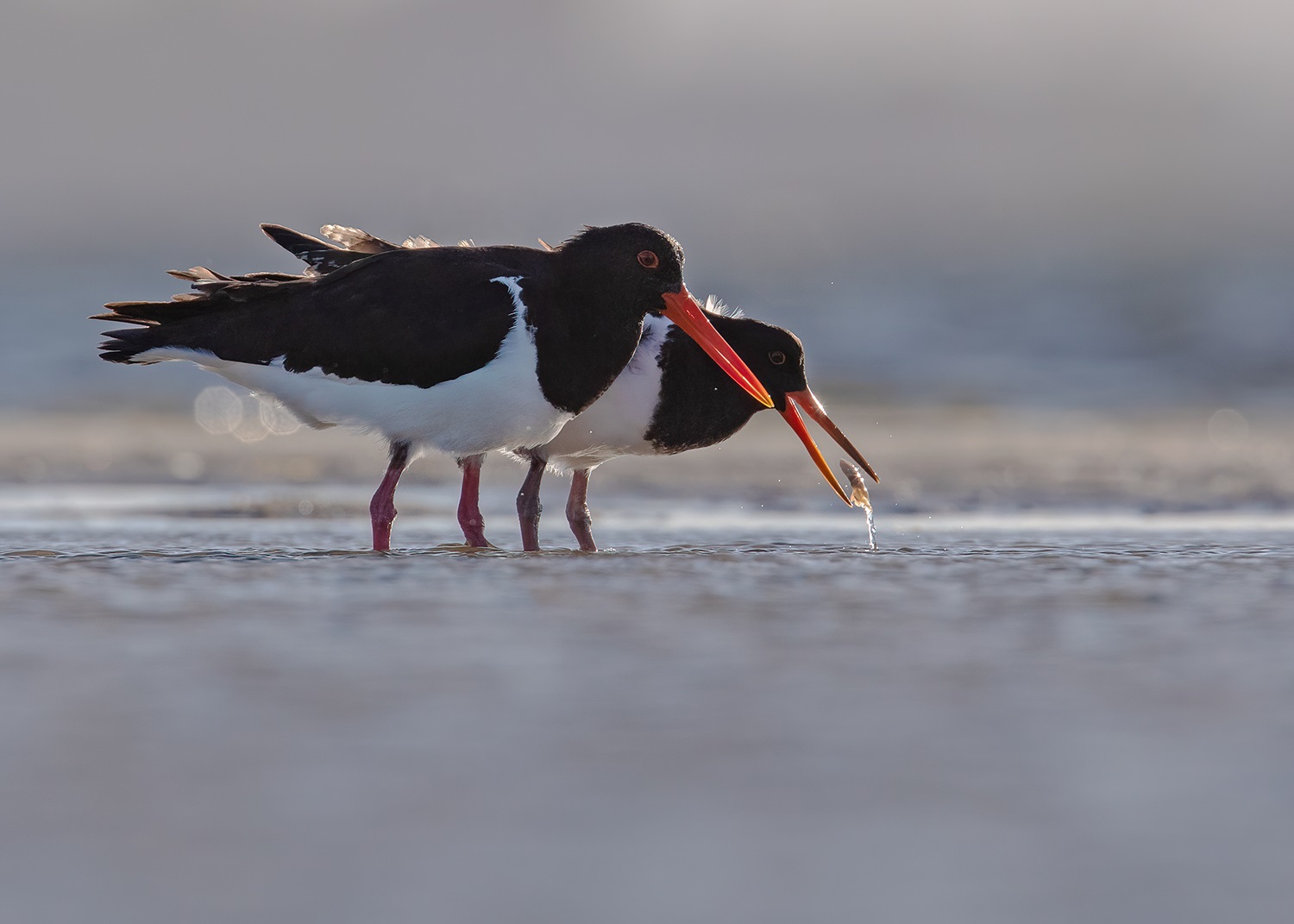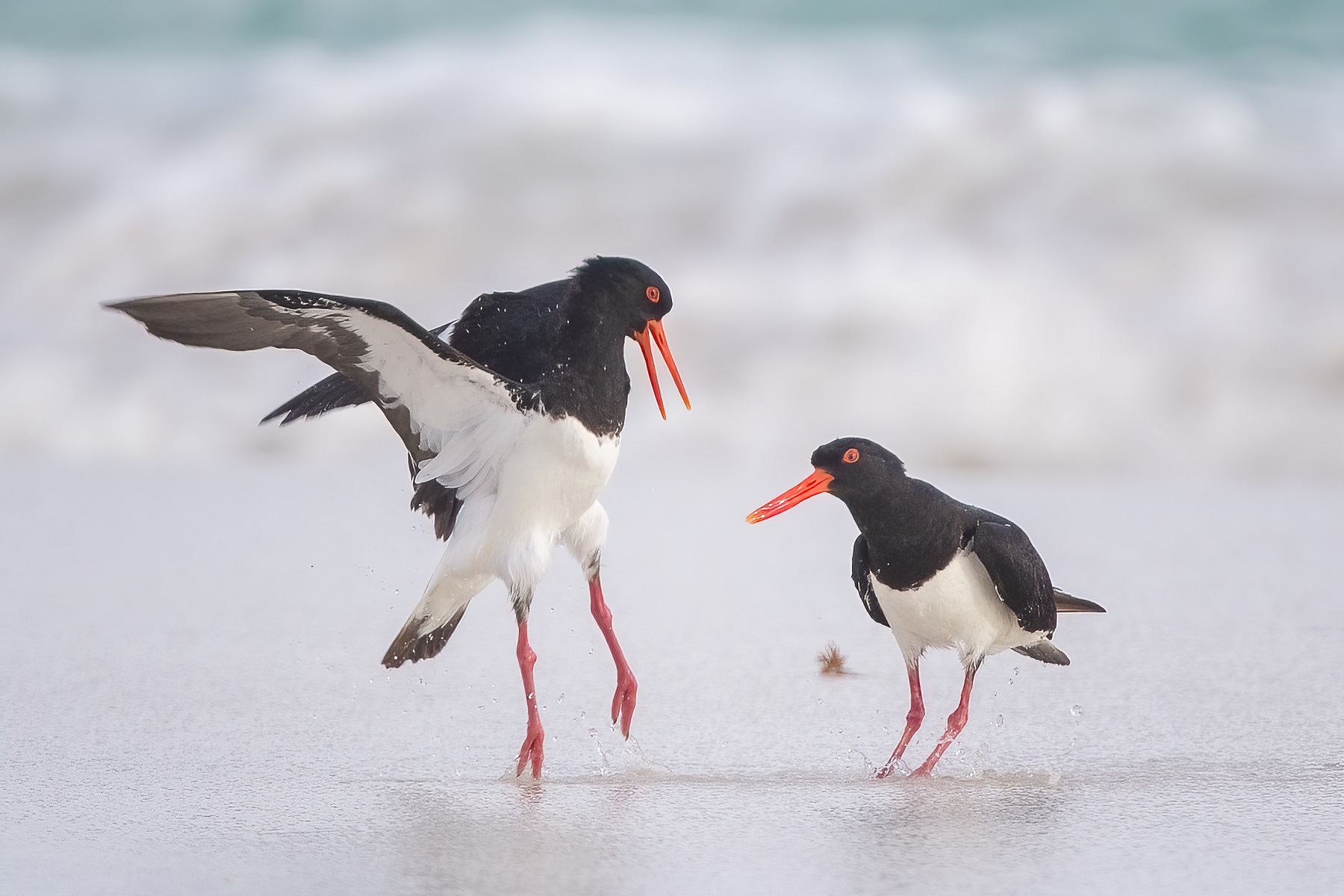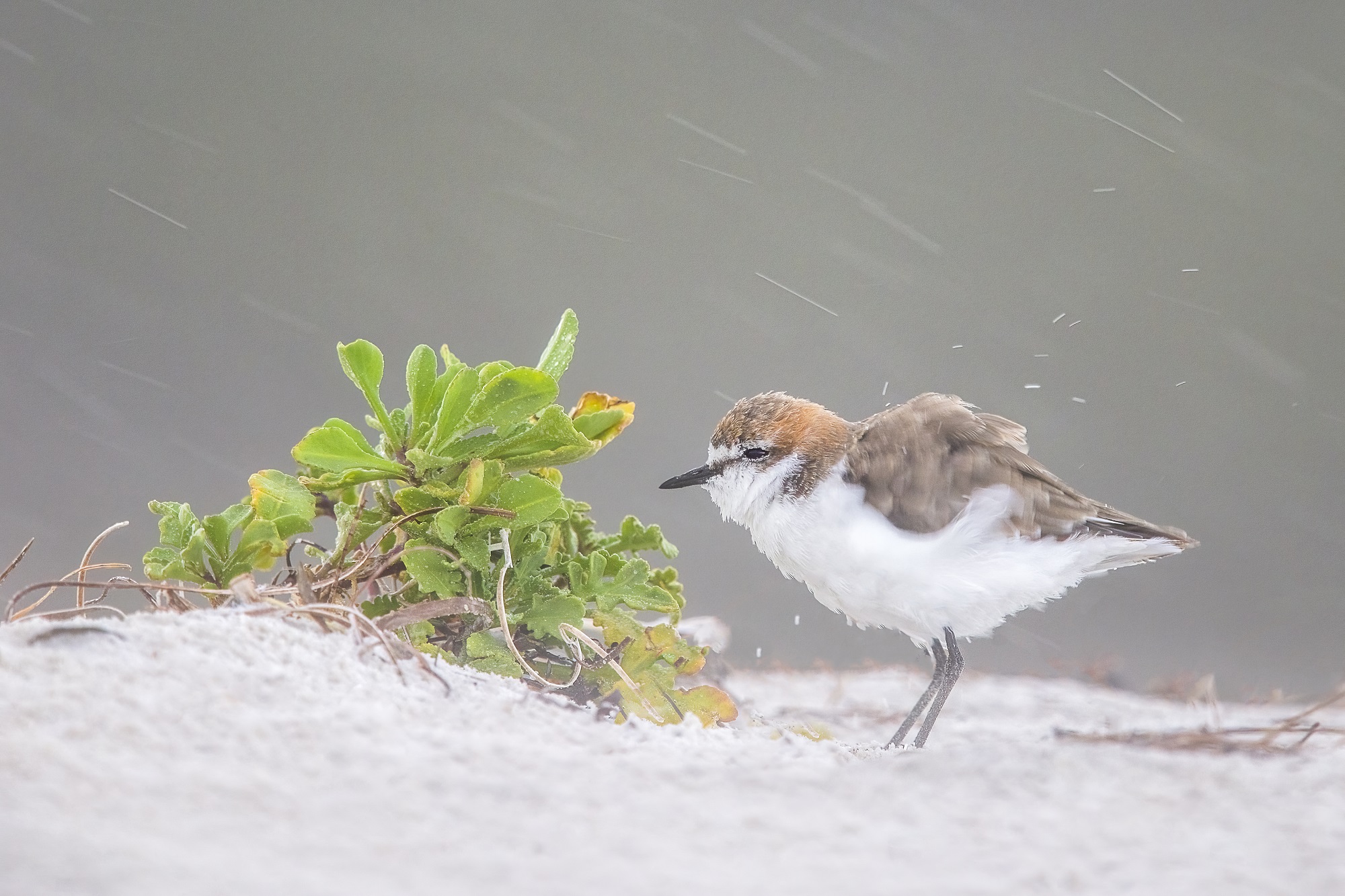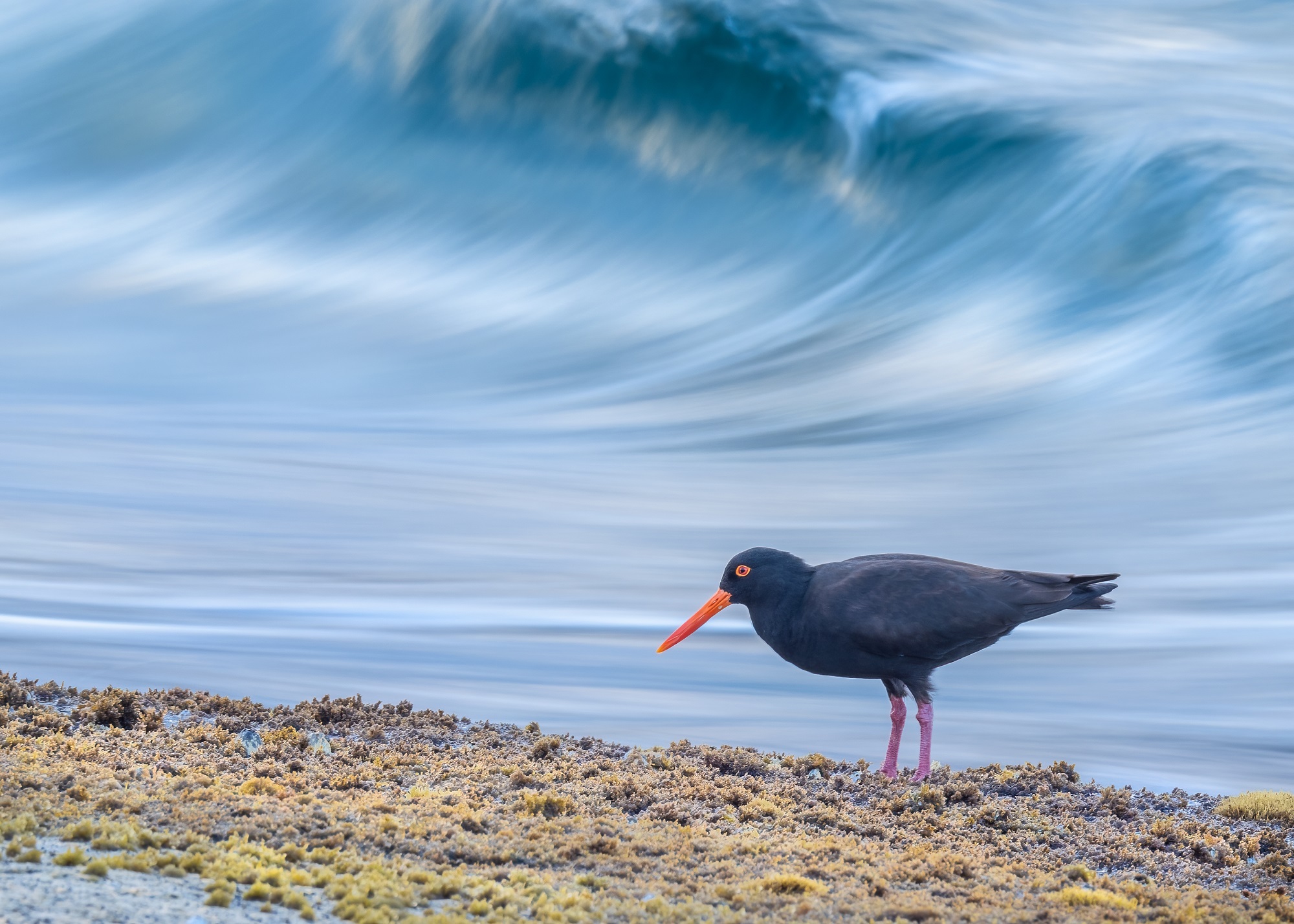Sharing the shore – Pro tips on observing and photographing nesting shorebirds
Wildlife photographer Georgina Steytler and shorebird researcher and photographer Claire Greenwell share how we can be responsible photographers and birders this shorebird nesting season.
Birdwatchers and photographers play an important role in wildlife conservation and education, but our quest to see a rare species or get the perfect shot can often have a negative impact on wildlife. Over spring and summer, Australia’s beach-nesting birds lay their eggs in a shallow scrape in the sand and raise their chicks amongst the hustle and bustle of our busy beaches. Over the last nesting season, we’ve noticed some photographers and birdwatchers adding to the stress these birds face over this period.
Georgina Steytler is no stranger to birds, and as one of Australia’s most accomplished wildlife photographers (just check out the gallery below), they’re often her subject of choice. When she’s out capturing breathtaking images of our beautiful wildlife, she insists that the welfare of the animal always comes first.
‘As a professional photographer, I’m passionate about minimising my impact on the birds I’m photographing,’ says Georgina.
‘Shorebirds are some of my favourite birds. Nesting season is the most sensitive time of year for these birds, so it’s important we keep a few things in mind when we’re on the beach.’
Nesting season (August to March) is when nests and/or chicks will be present on beaches. It’s best to avoid this time altogether, but a responsible birder and photographer also:
- keeps their distance. If birds take off or run away as you approach, you are too close. Migratory shorebirds need to build up fat reserves, so every unnecessary flight burns valuable energy, and exposed eggs or chicks can burn under the sun in just a few hours
- doesn’t outstay their welcome. Don’t spend more than a few minutes waiting for a perfect shot – take what you can get and move on. A constant human presence can prevent parent birds from returning to their nest, and if they are away too long, eggs or chicks may be lost to exposure. It can also expose the birds’ location to predators
- respects beach closure signs, fences and beach driving rules. The rules are there to protect the birds we care about, and they apply to us too. Don’t exploit places that have signs marking them as breeding areas – these are there to prevent disturbance not attract it
- is aware of their online impact. Protect sensitive species by never giving away locations, and if you are using ebird.org then always choose ‘Hide Checklist’ for threatened birds. Don’t post or share photos of birds in stressed or alarmed postures – hopefully, if you’re a responsible birdwatcher, none of your shots will show this anyway
- follows the Birdlife Australia's Guidelines for photographing beach-nesting birds.
‘I’ve judged a lot of competitions, and I can tell you the photos that I love always show the unique and natural behaviours that come from a bird that’s relaxed and calm,’ says Georgina.
‘Better yet, do what I do and don’t photograph nesting birds at all. I just think it’s the most important time of the year for those birds and I’m happy to let them get on with it and hope that they raise a healthy and viable chick.’
Against the odds
Beach-nesting birds face many threats during the breeding season, including predation from feral animals, being trampled by people, chased by unleashed dogs, crushed by 4wd users, or nests being swept away by storms. The odds are certainly not in their favour, but we can turn the tide by learning about the responses they have to our presence, and being mindful while we’re at the beach.
‘These shorebirds help structure coastal marine communities and maintain the transfer of nutrients between terrestrial and aquatic ecosystems,’ explains Claire Greenwell, shorebird researcher and photographer.

The eggs and chicks are speckled so they blend in with their surroundings, making them difficult for predators (and humans) to spot. When the nests are approached by predators, including dogs or humans, some birds, like little terns, typically take flight and aggressively work together to dive-bomb intruders. Hooded and red-capped plovers run ahead of the threat, ‘leading; it away from the area. These tactics require the birds to leave their nests, which is never a good thing.
‘Nesting birds see humans and dogs as predators, regardless of whether the human is well-intentioned and curious, or if the dog is well-behaved and doesn’t actively chase the birds,’ says Claire.
‘When adult shorebirds are forced to leave their nest, eggs and chicks become vulnerable to predation by other birds or suffer thermal stress from scorching sun or cool winds.’
Regardless of whether you’re a local or a summer visitor, or at the beach with a rod, surfboard, camera or pair of binoculars, these birds need our help to make it through this nesting season. If we do our bit to Share the Shore, we can have our shorebirds returning for many years to come.
Want to find out more about how you can help beach nesting shorebirds? Visit our share the shore page. For more information on some of the threats our shorebirds face, read Claire’s article in The Conversation, 'Birds on beaches are under attack from dogs, photographers and four-wheel drives. Here’s how you can help them'.
Just in-case you needed proof that you can get amazing images while also sharing the shore with our precious beach-nesting birds, check out this gallery below showcasing Georgina and Claire’s stunning imagery.
